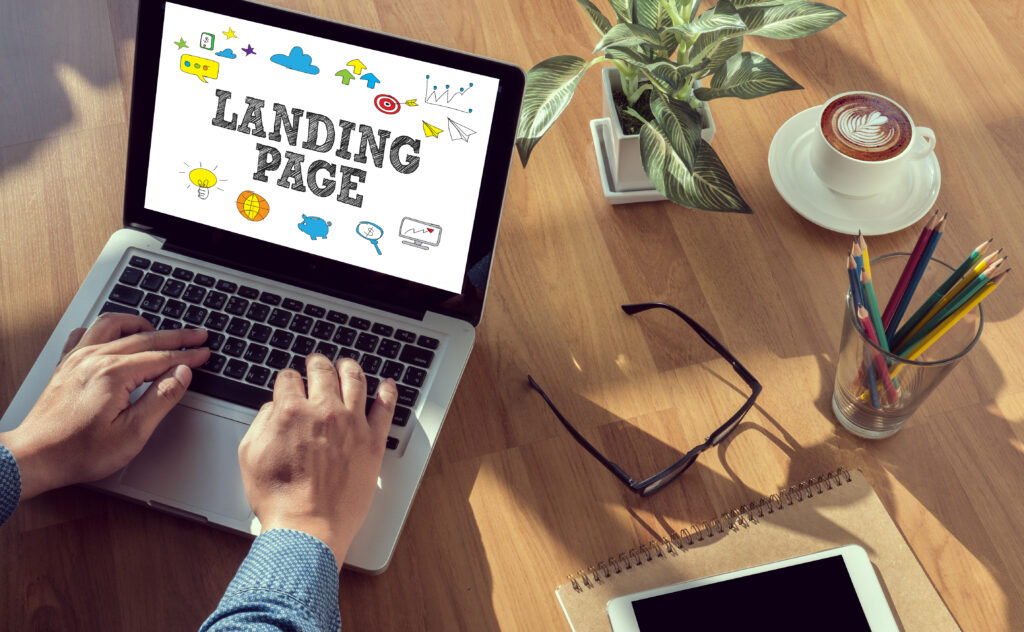
Whether you’re building brand awareness or trying to propel sales, a good landing page is a crucial aspect of a website’s conversion rate. It is effectively the first interaction a potential customer has with your brand, and even the minuscule details like page load speed and scroll depth are of immense importance.
A landing page is a web page designed to drive conversion rate optimization by providing visitors with a specific and relevant action to take. An effective landing page will be aesthetically pleasing and easy to use, while also being relevant to the user’s needs.
There are a few key elements that go into making a landing page effective:
- The headline should be clear and concise, and it should describe what the user can expect to find on the page.
- The copy should be concise, well-written, and free of errors. It should also be persuasive, without being too salesy.
- The call-to-action (CTA) should be prominently displayed and easy to understand. The CTA should also be relevant to the user’s needs. Remember to always avoid having more than one call to action, as this can confuse the user and decrease conversions.
- The page should be easy to navigate, with a clear hierarchy of information.
- The design should be clean and professional, without being too busy or cluttered. Too many fonts or creative elements can be jarring and confusing, not to mention drag down your page loading speed.
- The page should be mobile-friendly, as more and more users are accessing the internet from their phones and tablets.
- The page should load quickly, as users are unlikely to wait more than a few seconds for a page to load.
- The page should be tested regularly, in order to ensure that all elements are working properly and that the user experience is positive.
Use these tips and stick to a simple outline when planning and designing a landing page. A good outline when mapping out a landing page might look like this:
- Header: This should include the page’s headline and a brief description of what the user can expect to find.
- Body: The body is where the majority of the content will go. Be sure to keep it well-organized and free of errors.
- CTA: The call-to-action should be prominent and relevant to the user’s needs.
- Footer: The footer should include contact information and links to other pages on the website.
By following these tips, you can create an effective landing page that will help improve your conversion rate and propel your business forward.


